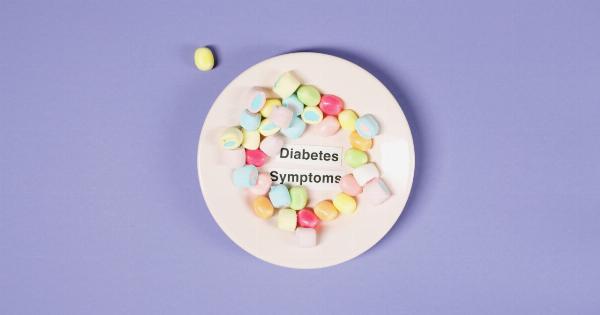The outbreak of the novel coronavirus, also known as COVID-19, has impacted millions of people worldwide.
While the primary symptoms of COVID-19 are respiratory in nature, recent studies have shown an association between the virus and various neurological complications, including ischemic stroke. This article discusses the potential link between COVID-19 and ischemic stroke, exploring the underlying mechanisms, risk factors, and potential avenues for prevention and treatment.
Understanding Ischemic Stroke
Ischemic stroke is a medical condition characterized by a sudden disruption of blood flow to the brain, leading to the death of brain cells in the affected region.
It occurs when a blood vessel supplying oxygen and nutrients to the brain becomes blocked or narrowed, cutting off the essential blood supply. The resulting lack of oxygen and nutrients causes brain tissue damage and can lead to long-term disabilities or even death.
COVID-19 and Neurological Complications
Initially thought to primarily affect the respiratory system, COVID-19 has been found to impact various other organs and systems, including the nervous system.
Neurological complications associated with COVID-19 include encephalitis, Guillain-Barré syndrome, and acute necrotizing encephalopathy.
A growing body of evidence suggests that COVID-19 also increases the risk of ischemic stroke. Several studies have reported an alarming increase in ischemic strokes among COVID-19 patients, particularly those with severe infections.
The incidence of stroke in COVID-19 patients is significantly higher compared to patients with other respiratory infections or those without COVID-19.
Possible Mechanisms
Researchers are actively investigating the potential mechanisms underlying the association between COVID-19 and ischemic stroke.
One hypothesis is that the virus directly attacks the cells lining blood vessels, leading to inflammation and clot formation. COVID-19 has been found to cause a pro-inflammatory state, which contributes to the development of blood clots.
Another possible mechanism involves the hypercoagulability state induced by COVID-19. Studies have shown that the virus leads to excessive activation of blood clotting factors, increasing the risk of clot formation within blood vessels.
These clots can then travel to the brain and cause an ischemic stroke. Additionally, the virus might induce an autoimmune response, leading to the formation of antibodies that attack blood vessels and promote clotting.
Risk Factors for Ischemic Stroke in COVID-19 Patients
Although ischemic strokes are rare in young and healthy individuals, COVID-19 appears to increase the risk even in relatively healthy individuals. Certain risk factors might increase the likelihood of ischemic stroke in patients infected with COVID-19:.
- Advanced age: Elderly individuals are more likely to experience severe COVID-19 infections and are at higher risk of ischemic stroke.
- Hypertension: High blood pressure is a well-established risk factor for stroke, and COVID-19 can exacerbate this condition.
- Cardiovascular disease: Individuals with pre-existing heart conditions are more susceptible to ischemic stroke.
- Diabetes: Uncontrolled diabetes increases the risk of stroke and is also associated with severe COVID-19 infections.
- Obesity: Obesity is a risk factor for both stroke and severe COVID-19 infections.
- Smoking: Tobacco use is known to increase the risk of stroke, and smokers may be more vulnerable to COVID-19 complications.
- Hypercoagulability conditions: People with pre-existing clotting disorders have a higher risk of developing ischemic stroke.
Prevention and Treatment
Preventing ischemic stroke in COVID-19 patients relies on managing the underlying risk factors and reducing the overall severity of the infection.
Monitoring blood pressure, blood sugar levels, and maintaining a healthy lifestyle can help decrease the risk of stroke.
Since COVID-19 induces a hypercoagulable state, the use of anticoagulant medications may be beneficial in preventing clot formation.
However, the decision to administer anticoagulants should be balanced with the risk of bleeding complications, taking into account individual patient factors.
Prompt identification, evaluation, and treatment of stroke symptoms are crucial for positive outcomes.
COVID-19 patients showing signs of stroke should be urgently evaluated in a stroke-ready hospital to receive timely treatment, including clot-busting medications or mechanical thrombectomy.
Conclusion
Ischemic stroke is emerging as a potential complication of COVID-19. The link between the virus and stroke is still being studied, but evidence suggests that COVID-19 can significantly increase the risk of ischemic stroke, particularly in severe cases.
Understanding the underlying mechanisms and identifying high-risk patients can aid in the prevention and early treatment of stroke in COVID-19 patients.





























